Zhongzhao.com On October 16, the first batch of Boston Orange Line subway cars developed by CRRC Changchun Railway Co., Ltd. was successfully launched in Changchun. These advanced vehicles are expected to arrive in the United States by December this year. This marks a significant milestone as it is the first batch of China-made subway cars that fully meet American standards and are equipped with independent intellectual property rights.
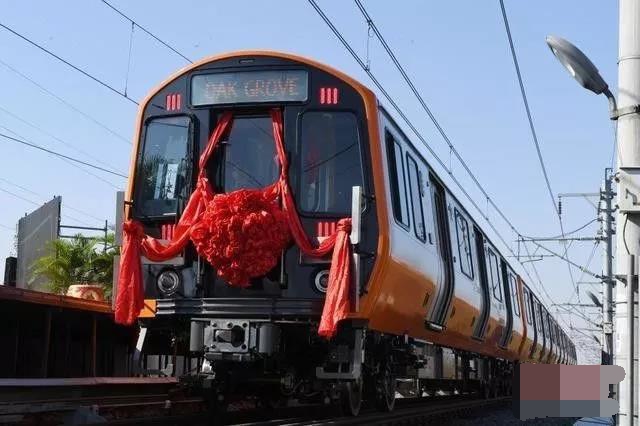
The successful launch of the Orange Line subway cars highlights the growing global recognition of Chinese technological innovation. Behind this achievement are the efforts and expertise of professionals across various industries in China. Lighting and optics play a crucial role in ensuring the safety and efficiency of subway operations. Drivers face a wide range of lighting conditions during their work, from direct sunlight to completely dark underground tunnels. The illumination levels in the driver’s cabin can vary by up to five or six orders of magnitude, and because the train moves at high speed, these changes happen rapidly. In such dynamic environments, drivers must perform complex tasks accurately, making the prevention of light pollution in the cab essential.
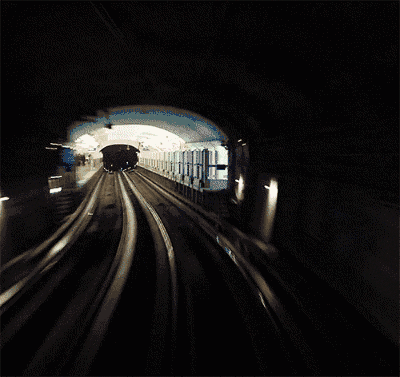
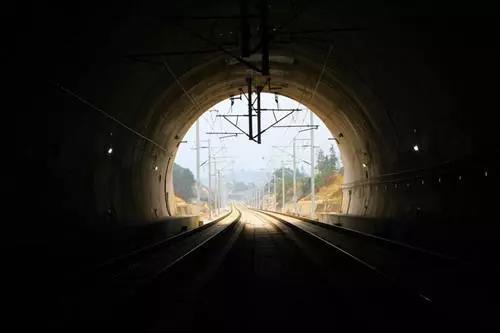
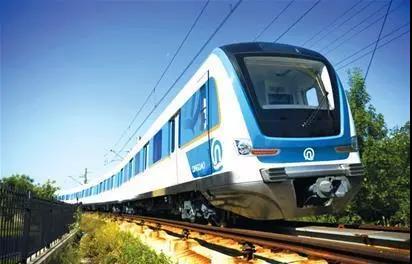
The extreme lighting conditions inside the subway cab
One of the main challenges in subway cab design is disability glare, which directly affects the driver's vision and can impair their ability to perform critical tasks. Disability glare occurs when scattered light within the eye reduces contrast and visibility. This phenomenon was first studied by Holladay, who identified that light scatters through the cornea, lens, and vitreous humor, creating a "light curtain" on the retina. Approximately 25–30% of this stray light comes from the cornea, while similar amounts originate from the lens and vitreous. This scattered light diminishes the ability of the eyes to distinguish objects clearly, reducing visual performance and increasing the risk of errors.
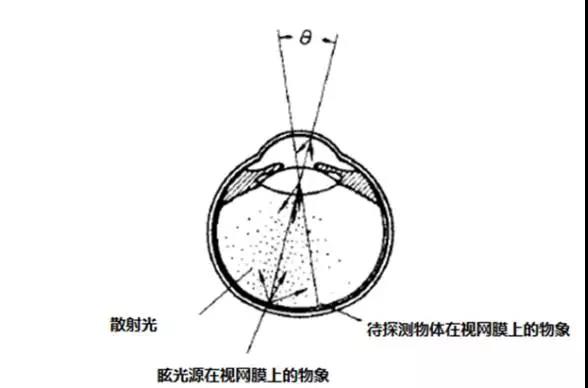
Uncomfortable glare, although less severe than disability glare, still has a significant impact on visual function. It can reduce work efficiency, cause fatigue, and even lead to long-term psychological discomfort. In critical situations such as transportation, aerospace, and heavy industry, this can pose serious safety risks. To address these issues, Professor Lin Yandan from Fudan University led a team to analyze the sources of light pollution in the subway driver’s cab using modeling, simulation, and ergonomic experiments. Their goal was to improve the overall lighting environment and create a more comfortable and safe working space for drivers, ultimately minimizing visual fatigue and enhancing operational safety.
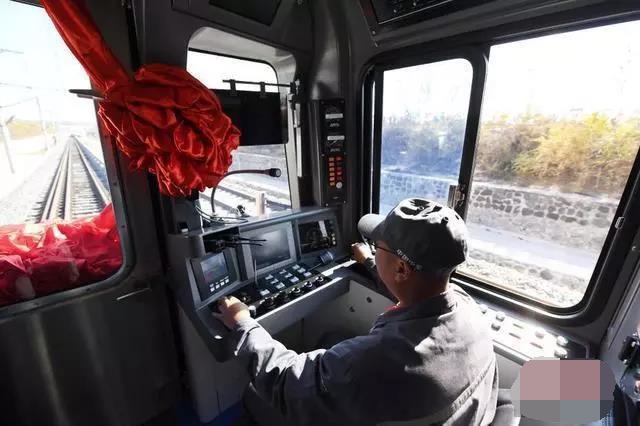
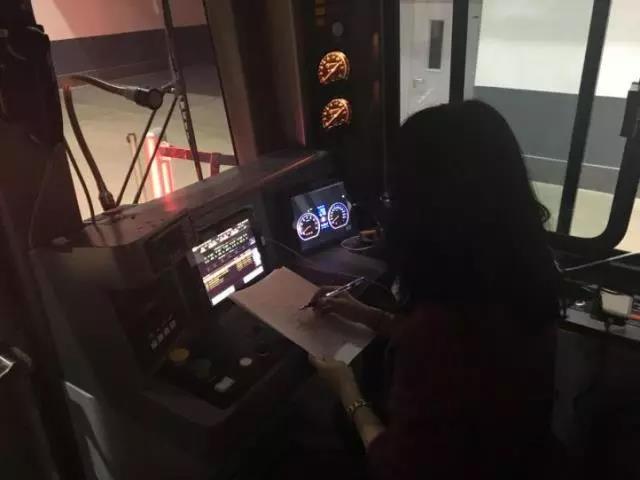
Professor Lin’s team completes the visual task of the bridge
Editor: Yan Zhixiang
Jilin Nengxing Electrical Equipment Co. Ltd. , https://www.nengxingelectric.com